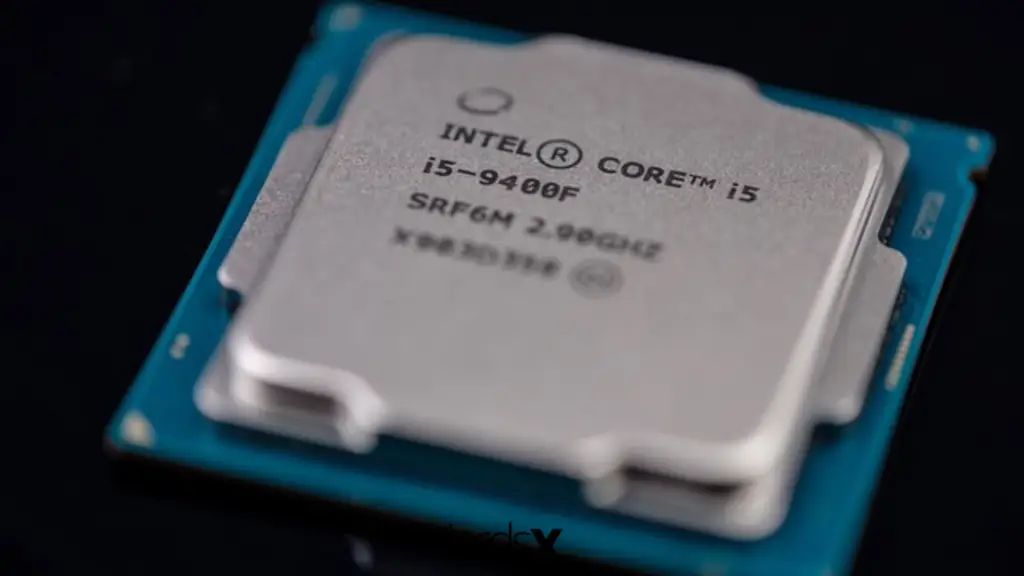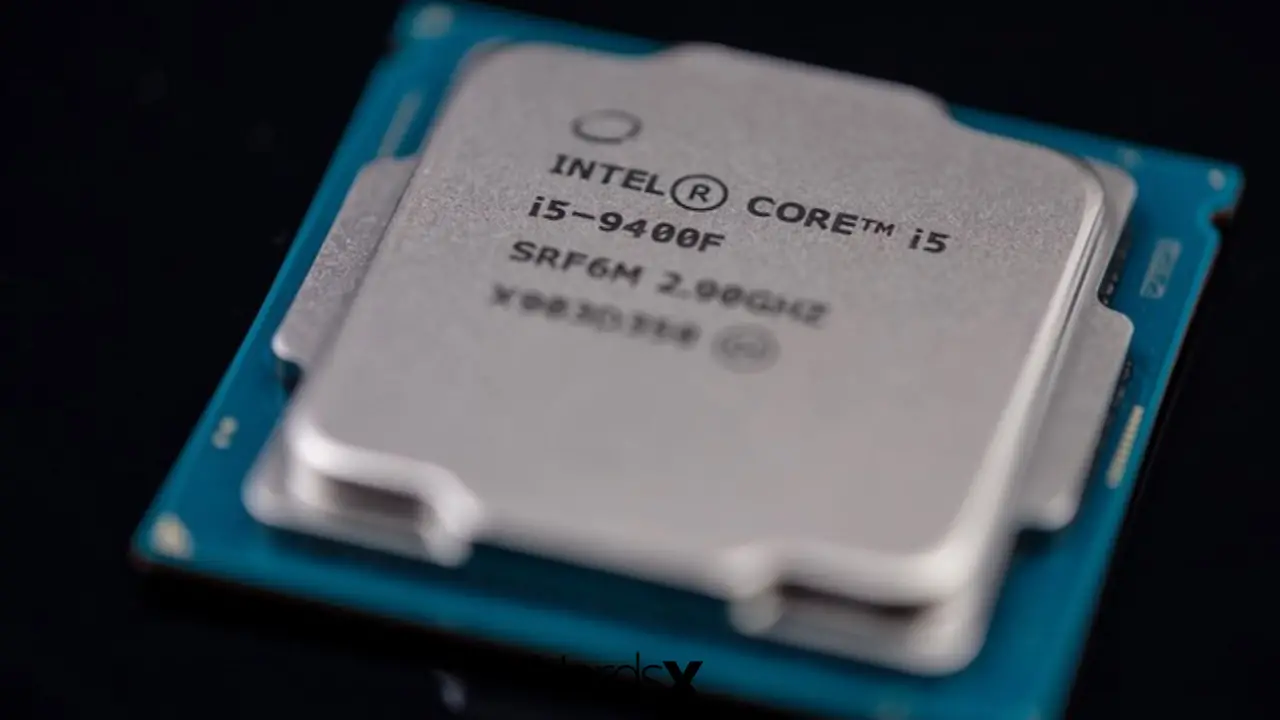Purchasing a MacBook Pro 13 is a complex process these days. Not only will you have to deal with the typical issues like deciding how much storage you want, but Apple has put a spanner in the works by continuing to offer Intel MacBook Pro 13 Intel i5 models while also selling ones with Apple’s M1 Chipset. They have significant variations in RAM, ports, processing power, and other features between each iteration.
Whereas formerly, MacBooks got powered by Intel CPUs, they are now powered by Apple’s M1 processors. What’s the difference between an M1 and an Intel Core i5 processor, and is it worth it?
What Exactly is Intel?
Let’s start at the beginning: the history.
Apple declared in 2005 that it would migrate from PowerPC to Intel processors in its laptops. Central Processing Units are the brains of every laptop computer.
Apple’s transition from PowerPC to Intel i5 signaled the start of a new era for the company. Developers would have to do less to deliver their programs to the then-obscure laptops with Intel CPUs.
The new Intel MacBooks soared in popularity thanks to their revolutionary looks, which functioned as an oasis amid a desert of black rectangles and a slew of new software.
There have been 12 models of Intel-based MacBooks since 2005. Apple and Intel have been great friends for a long time, but Cupertino has separated the range for the next MacBooks.
Intel i5 and Apple Silicon M1 are the two processor groupings available now.
The latest Intel Chipsets in a MacBook are the same as they’ve always been. With the 2020 Ice Lake CPU family, you can perform almost anything on an Intel i5 MacBook that you’ve never been able to perform before. Everything that can run on macOS will operate satisfactorily on an Intel CPU.
Compared to Apple Silicon’s new M1 CPU, a dark horse, Intel has 15 years of laptop design under its belt. However, don’t be fooled: just because the Apple M1 silicon chipset is new doesn’t imply it’s unworthy of your attention. In reality, the contrary is true.

What Exactly is M1?
Apple’s M1 is the company’s first laptop CPU. Previously, it had to rely on third-party vendors, like Intel, to supply CPUs for its laptops. On the other hand, Apple announced in June 2020 that it would enter the semiconductor business with Apple Silicon. Instead of relying on Intel for chips, it will now manufacture them in-house.
However, this isn’t the first time the Apple company has created its chip: the company has done so previously. They can now create everything in-house thanks to the A-Series processors in the iPhone and iPad, making the whole experience more unified, powerful, and efficient. Because Apple designs everything in-house, the software and hardware are perfectly synced.
Everything works well because you don’t have to drag in someone else’s hardware to sit on top of someone else’s software. And so it has always been with Apple’s iPhones and iPads, with the A-Series CPUs improving year after year.
Apple’s Intel MacBooks had previously been excellent, but flaws were beginning to appear. When they announced they would switch to Apple Silicon, rumors circulated that quality flaws had arisen in Intel’s CPUs, beginning with the Skylake family two generations earlier.
Even until the latest 2020 MacBook, Apple was concerned with unwavering quality, which didn’t seem right.
What are the Differences between an Intel i5 and an Intel M1 Processor?
Apple uses the ARM architecture in the M1 processor. ARM got designed to be a light CPU that could provide adequate power to a tablet or smartphone without using large batteries or a cooling fan.
Because ARM processors, such as the new M1, and x86 processors, such as Intel’s i5, are designed differently, they write the software for each processor differently. The M1 processor changes the game by being able to run almost all of the programs that your Intel i5 machine can.
Let’s explore the differences below:
Performance
The two top-of-the-line 13-inch MacBook Pro models are powered by Intel Core i5 processors from the 10th generation: Both base configurations are powered by a 2.0GHz quad-core CPU that they may upgrade to a 2.3GHz quad-core Core i5 processor. You find Intel’s Iris Plus graphics in both variants.
Meanwhile, the 13-inch M1 MacBook Pro is one of the first Macs to include an Apple-designed Arm-based CPU rather than an Intel chip, as previous MacBook Pro models did. The M1 is Apple’s first Mac-specific System on a Chip, meaning it combines the CPU, GPU, I/O, security measures, and RAM onto a single chip.
These components are separated on the logic board of the high-end Intel MacBook Pro, giving the M1 processor a variety of performance advantages.
A unified memory architecture, or UMA, is one of the M1’s characteristics, combining high-bandwidth, low-latency memory into a single pool. That implies that the M1 chip’s technologies may access the same data without transferring it between several memory pools, resulting in significant system performance gains.
The M1 also has an inbuilt 8-core GPU and an 8-core CPU. Four high-efficiency speed cores and four high-performance cores make up the CPU. The MacBook Pro uses high-efficiency cores to save battery life when doing simple operations like browsing the web or reading email. Still, they employ high-performance cores for more system-intensive applications like picture and video editing.
The M1 processor’s CPU is up to 2.8x quicker than the Intel chip in the MacBook Pro it replaces, while GPU speeds are up to 5x faster than Intel’s integrated graphics in the previous model, according to Apple.
Although Apple hasn’t disclosed any performance comparisons with the existing high-end Intel MacBook Pro versions it still sells, recent Geekbench benchmarks reveal the following:
- The M1 chip runs at 3.2GHz and achieves single-core scores of over 1700 and multi-core scores of approximately 7500, making it quicker than even 2019’s top-end 16-inch MacBook Pro models, which use Intel Core i5 or i7 processors.
Intel Core i5 vs. M1: Speed
The M1 CPU, according to Apple, provides 2x the performance of “the very newest PC laptop chip,” an apparent jab at Intel. It’s a bold assertion considering Apple’s Intel CPUs in the MacBook Pro 2020 are over 18 months old. But it’s one that the M1 can support.
Thanks to its system-on-a-chip (SoC) design, everything is integrated and significantly more efficient, allowing it to run an astonishing number of operations simultaneously. We’re talking about rendering video in 4K and even 8K resolutions.
Apps open faster, operations finish faster, and you can do more and more with less and less power.
It’s no secret that many current smartphones and tablets can outperform desktop PCs in terms of speed. However, because mobile operating systems aren’t nearly as sophisticated as desktop operating systems, one may claim that the answer is in the software.
However, given that the M1 is equally quick on both desktops and laptops, you might be wondering why. After all, the M1 isn’t the first laptop to use an ARM-based chipset.
Microsoft was the first to include a Qualcomm processor in the Surface Pro X. On the other hand, the simulation wasn’t entirely smooth — and perhaps that’s where the answer lies.
The M1 and the Qualcomm processor inside the Surface Pro X appear to be comparable on the surface. They both have a 4+4 core architecture with high and low-powered cores. Furthermore, both feature 16 GB of RAM (at least on certain Macs) and are SoCs.
The emulation, on the other hand, is where they diverge. Apple’s secret sauce for running Intel software on M1 Macs is Rosetta 2, a smartly tuned emulator. The M1’s Windows equivalent, on the other hand, employs an emulator as well. The experience is exceedingly slow, sluggish, and limited.
Battery Comparison between Intel i5 and M1
Despite its high power output, the Apple M1 CPU uses less battery than its Intel-based predecessor.
The M1 processor uses only 10 watts, compared to 28 watts for an Intel Core i5. That means you get tremendous performance for a fraction of the power consumption.
That is why Apple claims that the new MacBook Pro with M1 has a battery life of 20 hours, which isn’t far off.
Compatibility of Software between Intel i5 and M1
Apps intended for the iPhone and iPad will operate natively on Apple hardware, allowing you to utilize many of your favorite iOS apps on the M1 MacBook Pro desktop but varying degrees of control compatibility.
That will depend on how hard third-party developers work to include Mac input controls like keyboard and mouse in iOS applications. Still, most future Catalyst apps are expected to support both touch and Mac input.
None of this applies to the Intel MacBook Pro, which exclusively executes Intel’s architecture’s x86-64 code. The M1 MacBook Pro, due to Apple’s Rosetta 2 translation layer, can run both iOS and x86-64 apps.
Nonetheless, Apple considers Rosetta 2 a temporary solution for developers. At the same time, they rebuild their old Intel-based applications to operate on Arm-based Macs, implying that they will eventually need to write native software for Apple silicon computers.
Apple dropped support for OG Rosetta three years after its debut to facilitate the move from PowerPC to Intel CPUs. Thus if a developer doesn’t update their software soon, it may become inoperable on Apple’s M1 computers.
The last point to mention in terms of software compatibility is that Boot Camp is incompatible with Apple silicon; thus, you won’t be able to dual-boot into Microsoft Windows natively on an M1 MacBook Pro.

